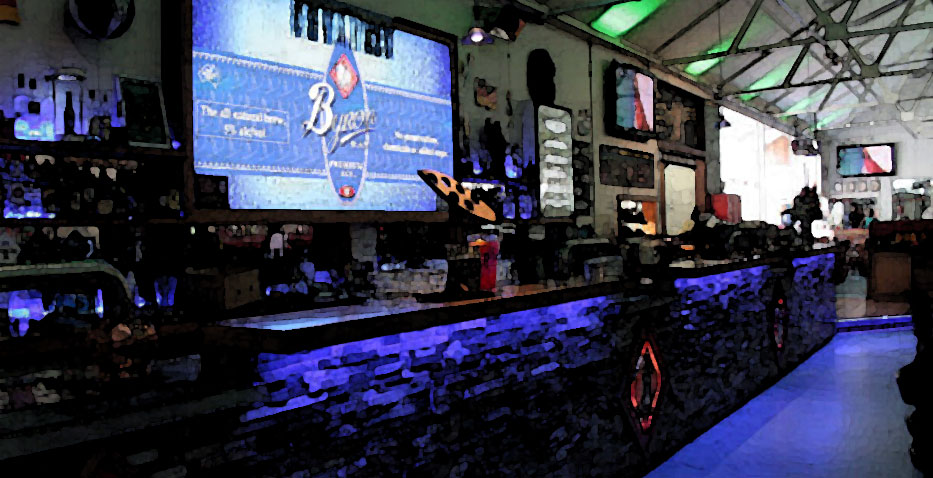New figures provided to the NSW Police Association by the NSW Bureau of Crime Statistics and Research (BOSCAR) show that alcohol-related assaults in Byron Bay rose by 20 per cent in the last year. The figures support earlier claims by local police that there is no place more dangerous than Byron Bay on a Friday or Saturday night.
Not surprisingly, concerned locals have had enough.
The Byron community are right to demand action to address escalating alcohol-related violence in their town and deserve a voice in the debate. However, the local community needs to be wary of predictable moves by the alcohol industry.
Under the guise of promoting a ‘holistic’ approach to the problem, industry will attempt to shift the blame and divert attention away from the heart of the matter – the dangerous oversupply and availability of alcohol.
The alcohol industry would have the Byron community focus on the symptoms, when what is required is the implementation of effective proven measures that would effectively tackle the disease.
The alcohol industry would have the Byron community believe the problem of alcohol harms is anyone’s responsibility but theirs.
The alcohol industry would have the local community believe the problem is a small minority of “irresponsible drinkers from out of town and across the border”, a clash of tourists vs. locals, and a problem unique to Byron.
Yet I suspect the people of Byron already recognise the threat to their community, and it’s a threat not from tourists but from within.
In October last year the Byron community successfully pressured the Independent Liquor and Gaming Authority (ILGA) to reject an application by Woolworths to build a new Dan Murphy’s liquor outlet in Byron Bay.
ILGA found that exposure of the community to alcohol-related harm in Byron Bay could not be ignored, and said the need to minimise harm was one of the main reasons the application was refused.
Speaking to ABC Online on 4 October 2012, Superintendent Stuart Wilkins, from the Tweed Byron Local Area Command said, “This is an issue that goes in our favour to reduce alcohol-related crime because it reduces the access to alcohol.”
We know that the public health interventions most likely to achieve significant and sustained reductions in alcohol-related violence and other harms are those measures that reduce the dangerous oversupply and availability of alcohol and ensure the effective enforcement of improved responsible service of alcohol laws.
Yet, rather than threaten their own business model, the alcohol industry would have the local Byron community shoulder any financial burden. Industry would prefer taxpayers’ money fund costly and ineffective measures like CCTV and ID scanners that would detect offenders only after they had committed alcohol-fuelled crimes, while alcohol industry cash registers keep on ringing.
While Byron Bay may currently wear an unenviable booze-soaked crown, its problems are not unique to the town.
Measures introduced into Newcastle including a reduction in trading hours, and lock-outs saw a sustained 35 per cent reduction in assaults over three years, and a 26 per cent reduction in related Emergency Department admissions.
Those measures had the overwhelming support of the Newcastle community with 80 per cent in favour.
Their introduction and success should serve as a beacon to the people of Byron, encouraging the community to continue to reject the alcohol industry’s self-serving rhetoric and instead insist on public health interventions that put the people of Byron ahead of alcohol industry profits.








1 comment